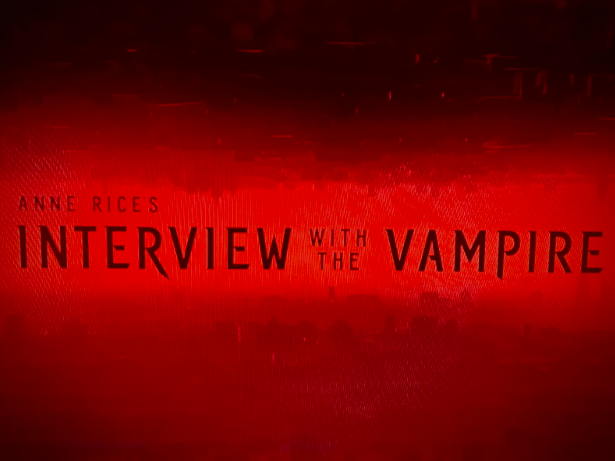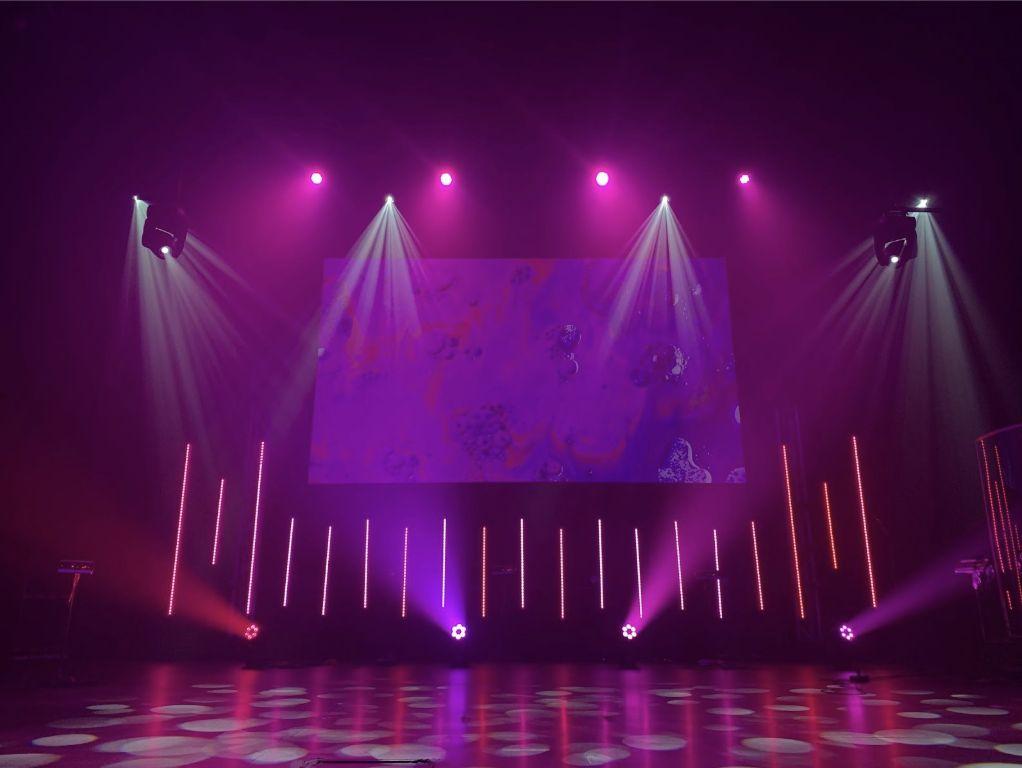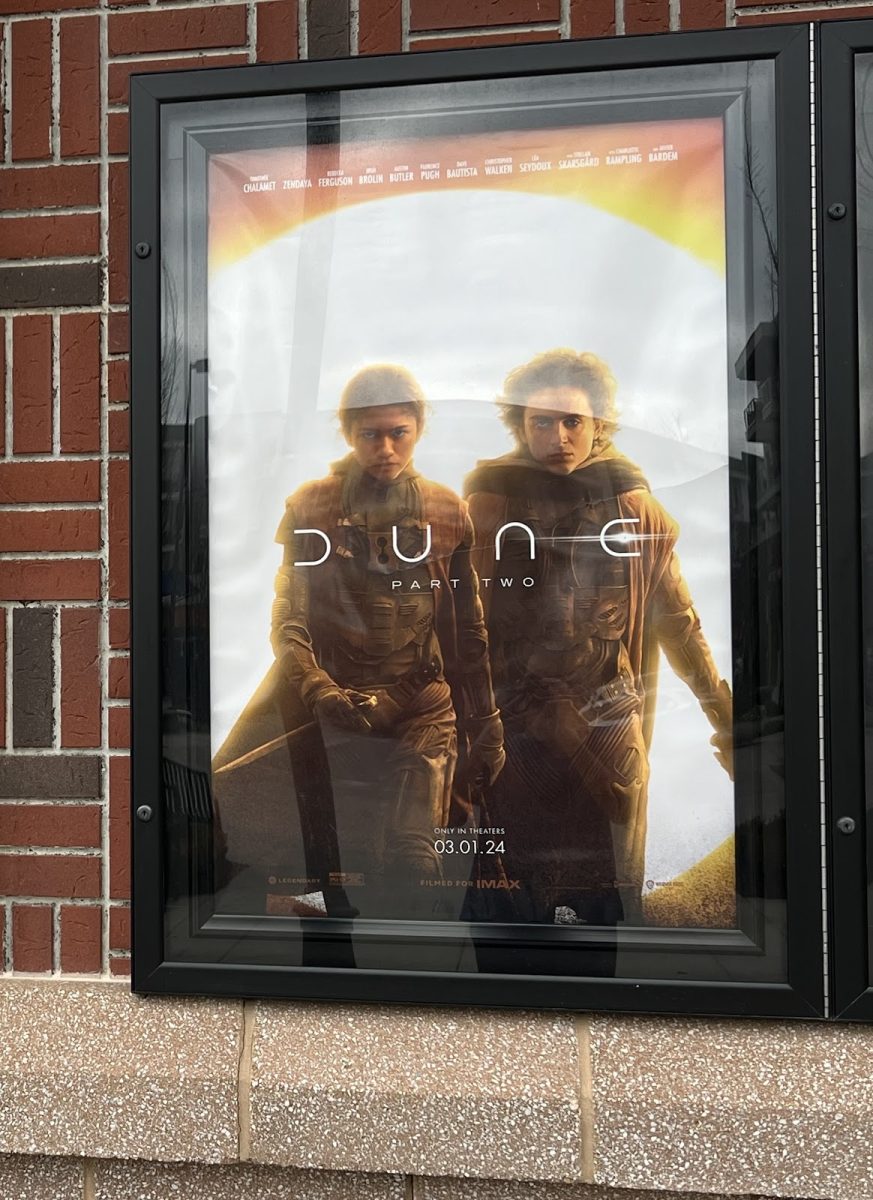After a three-year drought of Dune content and a series of writer and actor strikes delaying the film until 2024, audiences were welcomed back into theaters with the release of “Dune: Part Two”.
When the first “Dune” released in theaters in 2021, the initial reception from some audience members wasn’t as high. From the slower pacing to the overwhelming dialogue, some fans viewed it as a bore with a lack of action scenes.
Naturally, with the first film being the first part of a grander story being told, the ending of the film made it feel incomplete, one that would require a sequel to tie the many dangling threads. Fortunately, the film released told a complete story enhancing the first film and completing the first film.
Much like part one, the film feels like Sci-Fi targeted for an older audience, and isn’t concerned with appealing to the broadest possible demographic. So many PG-13 blockbusters tend to cost over $200 million dollars and try their very best to water them down with cheap and lazy humor. Even though the film has no shortage of expensive set pieces and humorous moments, director Denis Villenueve wisely decided to put those elements on the back burner- focusing on the storytelling instead.
The first movie’s responsibility was to lay the foundation, drop exposition and to introduce the audience to the world of Dune. it allowed for the world building to be fleshed out, move the story forward and further dive into the mythology and the individual characters.
As for the characters, each and every one of them weave a web of conflict between each group. It’s never as simple as two different people competing over one thing, rather it’s more of an alternate viewpoint on the morally gray area. The film creates a sense of tension and intrigue as the audience never knows which characters they can support or what their motivations are.
For the lead Paul Atreides, he’s portrayed as the classic chosen one in charge of leading the rebellion against the oppressors. The first film established Paul as someone who was quiet and reserved, and ends with him joining the Fremen alongside his mother, Lady Jessica. While the characterization of Paul can be seen as familiar on paper, the film explores him as someone who has conflicting values, and isn’t hungry for power like so many other generic protagonists.
The film dives into a more manipulative side to Paul, where he uses people to achieve his goals and exploits their weaknesses for the sake of elevating himself. While he is someone who the audience roots for, and multiple moments of victory take place with him, Paul is not necessarily the “good” one. He’s someone with a more manipulative side to him that doesn’t fit neatly into the trope of being a classic hero. On top of that, Timothee Chalamet does a fantastic job portraying Paul Atreides by giving a multifaceted performance to play the many sides to him,
With the other characters featured in the film, the way they all relate to Paul is based on their ties to their belief systems as well as their personal relationship with him. They are all depicted as multidimensional people with conflicting emotions and ideas that makes each of them stand out individually.
The biggest example of this was the characterization of Austin Butler’s portrayal as Feyd-Rautha Harkonnen, the nephew to Baron Vladimir Harkonnen played by Stellen Skarsgard. The character features such a vicious and creepy personality, both with his heinous actions and the voice that makes him stand out in the film. After seeing Butler step into the role of Elvis Presley in 2022, the character of Feyd-Rautha is a vast departure from his previous role, and solidifies him as a multifaceted actor. Butler perfectly nails the mannerisms of the character as a perfect rival for Paul.
Zendaya’s character of Chani adds more complexity to the film, as her relationship with Paul isn’t the same as the other characters in the film. She’s someone who doubts Paul’s choices constantly and doesn’t see him as the Messiah that the rest of the Fremen see him as. Only having around six minutes of screen time in the first film, Chani as a character gets so much more time to grow as a character, and showcases Zendaya’s wide range of acting skills.
On a purely technical level, the film is littered with stunning visuals that are entirely convincing. From the top notch VFX, CGI and practical effects used to bring the movie to life. While “Dune: Part Two” cost $190 million to make, the film budget is clear on display and looks significantly better than most recent PG-13 blockbuster films that cost $200 million or more. The film is a staple for how bad most have looked over the last few years.
To amplify the gorgeous scenery, the cinematography by Greg Frasier establishes the film as one of the best looking movies of all time. The use of various colors to bring the world to life adds more impact to the scenes that take place. On Arrakis, Frasier visualizes the planet by using an orange-copper color to distinguish the desert area as a world different from ours.
On the Harkonnen planet, Frasier uses a black and white imagery to showcase what being outside on the planet feels like. Even the choice of using fireworks to look like black paint exploding adds a distinct feature to feel like another world. Black and white in movies is something that’s been used many times before, but it’s never been used in a way that Frasier handled it in the film.
While moments of payoff in the storytelling are done in a satisfying way, the actual scenes that take place surrounding them felt quicker than needed. In particular, the final battle in the third act of the film provides plenty of resolution on a character level, but the film never fully pauses to develop certain sequences as much as they should.
The relationship between Christopher Walken’s Emperor Shaddam IV and Florence Pugh’s Princess Irulan also remained undeveloped in the main plotline. The characters themselves are an important piece of the grander story, especially Christopher Walken’s role as the Emperor, the dynamic between him and his daughter as the Princess felt unexplored. Neither of the characters were given a ton of screen time for their relationship to be built out.
With minor nitpicks aside, the film is a triumph for every movie in the Sci-Fi genre, and will become an example for how storytelling in the genre should be done. It’s not only the best Sci-Fi film of the decade, it’s one of the best in the entire genre. Director Denis Villeneuve solidifies himself to be one of the top working directors today, particularly in the Sci-Fi genre with other films such as “Arrival,” “Blade Runner 2049” and the first “Dune.”
Featuring a massive scope, giant action set pieces, phenomenal performances and a deeply personal character driven story at its core, the sequel manages to outdo its predecessor on every single level. If “Dune: Part Two” does not rank amongst the top five best films of 2024, this year will be the best year for movies ever. The film is an absolute must watch for fans of Sci-Fi, and will definitely receive nominations in the 2025 awards season.













































































